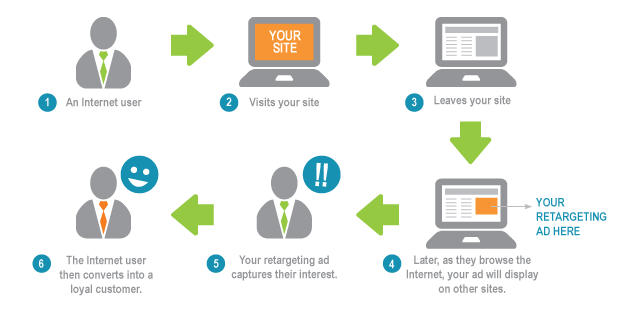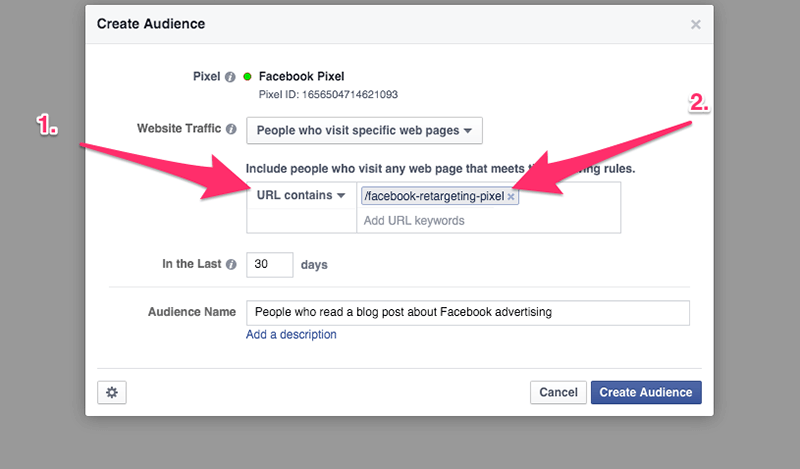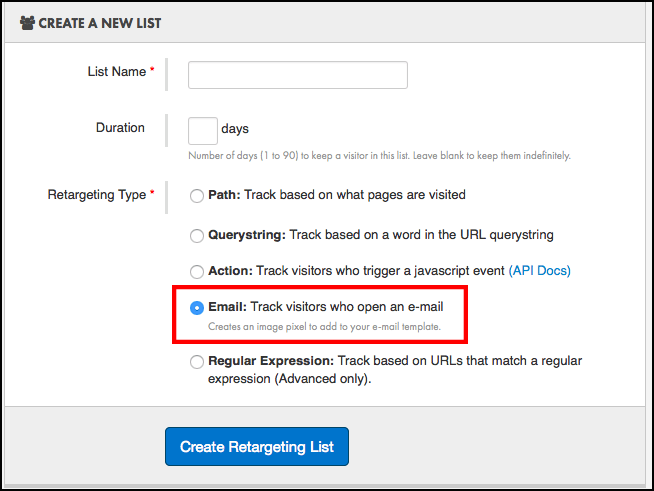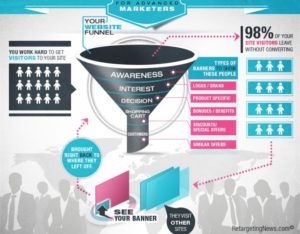Digital marketing is booming with print media losing their audience to online content across every demographic. That’s why advertisers and marketers are rushing to move the bulk of their operations online. Luckily, digital marketers know what it takes to be successful, but one strategy you have to master if you want to turn a profit – it’s the retargeting campaign.

A retargeting campaign is something we’re all familiar with. You know it when you see it – when advertisements for certain companies seem to “follow” you online, or pop up in your timeline every time you log into Facebook or Twitter.
In fact, you’re likely being retargeted for leads by brands without your knowledge.
Retargeting evolved from television, which pioneered the practice of segmenting their commercials for audiences based on region (and channel). The reason this marketing tactic has exploded in popularity is thanks to the vast amount of user data available through data management platforms like Google Analytics.
[sc name=”guide-NeilPatel”]
What is Retargeting and How Does It Work?
Targeted online advertising (a.k.a. retargeting) involves companies staying visible to people who have visited their brand site or landing page with ads across the web.
These targets may already be customers or leads that gave their email address. Essentially, if you’re looking to add a retargeting campaign as part of your digital marketing strategy, it means you’re interested in reaching customers who have already expressed a measure of interest in your company. Common sense, right?

There are two ways to retarget users online. The first is pixel retargeting. Marketers embed a line of JavaScript that attaches to a user’s browser when they visit a company’s site, meaning they’ve been cookied.
Cookies (or pixels) are not viruses, as some would believe. They simply tell other sites to serve specific ads based on which page they’ve visited.
As long as you have a solid understanding of JavaScript (or employ someone who does), pixel-based retargeting is straightforward: it’s quick, responsive, easy to adjust, and specific.

The second way is called list-based retargeting. This tactic is used when you have a long list of customers’ email addresses and want to target on social media platforms. You simply input the email addresses on the social media platform, then Facebook, for example, identifies users who share those addresses. Your ads will show up to those users whenever they log in.
How to Do Retargeting Right for Your Company
There are countless e-books, testimonials, instructional videos and blog posts telling people exactly how to properly retarget customers with ads. However, we’ve found there are a few surefire techniques — and a few things you have to think about — that lead to a successful campaign:

It’s crucial that you know what goals to pursue with your retargeting campaign. For example, are you only looking to generate awareness of your brand? Or are you looking for prospects to convert into leads and customers?
Shayla Price, former content marketer at Shopify, stated that retargeting can create a 726% bump in site visits after just four weeks of exposure.
They also track key performance indicators. For example, companies looking to generate brand awareness would track impressions (a customer viewing your content) or engagement. Whereas an eCommerce business actively looking to sell would track website clicks and form submissions.
Without being aware of and/or upfront about your goals, you won’t know what to look for when measuring relative success.
What to Watch Out For
Once you understand the basics of retargeting for leads, there are several ways to ensure you have a perfect balance. Customers are becoming used to being retargeted, so they expect at least a savvy approach from advertisers – or else they’ll get annoyed and your strategy will fail.
First, you need to set limits on several aspects of your retargeting strategy. You don’t want to spend too much, so cap spending in all areas and for each market segment. Depending on the program or platform you use, you can even cap spending for a particular month, day, website or by the hour.
There are also frequency caps that prevent overexposure to your ads and ensures leads don’t become frustrated with your ads popping up all the time. Depending on where the customer is in the purchasing cycle (something you can deduce by analyzing which of your pages they’ve visited), 15 to 20 ads per month would be fine.
Burn codes are another excellent tool if you’re worried about annoying leads. These codes allow companies to remove users from their lists if they’ve already become customers. Some sites even allow users to opt out of retargeting.
How do I know my retargeting campaign was a success?
Marketers new to retargeting constantly second-guess themselves. You might question if they’re being too invasive or have spent too much. However, this is actually a good thing.
Optimizing your retargeting means testing all types of campaigns. Use A/B testing to track which media and copy segment is resonating with users, or see which provider works best for your goals.
There are endless ways to improve and refine your digital marketing strategy. That’s why leading eCommerce platforms are devising new and exciting ways to engage customers every day.
Digital marketing is an ever-evolving field, so it’s important to keep on top of the latest trends. You don’t have be intimidated by a new tool or trick — just do your research and keep testing!
A crucial component of any digital marketing strategy is email marketing. The implementation of Maropost for Marketing will increase your ROI by 63 times! Download the Neil Patel Guide to Email Marketing below to learn how to do it like the pros.
Helen Cartwright is a digital marketing and finance blogger. When not keeping up with the latest industry news, Helen is a ghostwriter for several authors on HuffingtonPost.com and Entrepreneur.com
[sc name=”guide-IntegratingMarketingCommerce”]
Need to chat about your mobile marketing strategy?
More than 10,000 marketers use Maropost to engage with their prospects and customers through emails, SMS, social media and more. We’re here to help you growing your business!
Chat Now